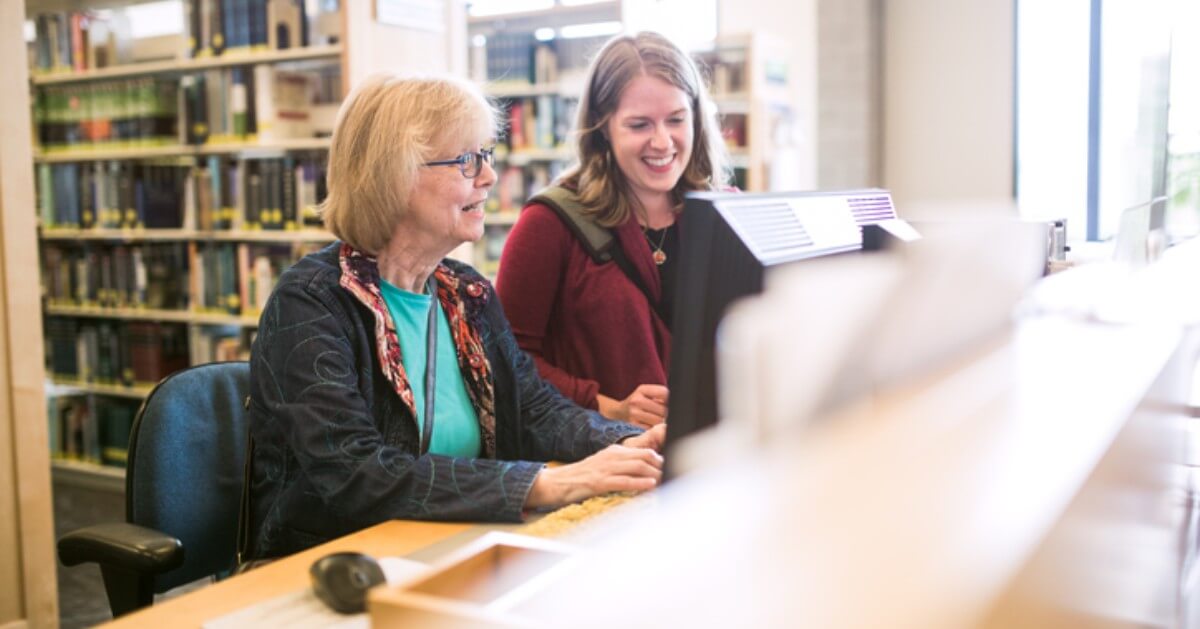In the ever-evolving landscape of higher education, academic libraries are key touchpoints of support as students navigate their academic journeys. However, staying ahead of users’ needs and expectations can be difficult. Post-pandemic students – who spent formative years learning remotely and in isolation – can pose particularly unique challenges.
A new report from Ex Libris, “Understanding Changing Student Expectations,” delves into the distinct characteristics of a generation that is often less prepared, less engaged and more physically and mentally remote than their predecessors. Capturing research and experience from Clarivate’s UX team and academic librarians, the report identifies key insights that can help libraries adapt and respond, helping these students thrive.
Changing Student Attitudes
One of the most striking findings is the shift in student attitudes towards education. Post-pandemic students are more likely to view education transactionally, seeing it as a means to achieving career success, rather than an educational experience. This perspective can be coupled with traits commonly associated with Gen Z, such as a preference for quick information consumption and short attention spans.
Among the recommendations in the report, is advice from Lisa Hooper, Head of Media Services at Tulane University, who emphasizes the importance of aligning library events with students’ career goals: “I’m thinking about three things: what can we do to make the value of library events to academic careers more transparent; what departments can we partner with that students already know and trust; and how can we get students to participate in planning so that events are as much theirs as ours.”
Financial Pressures
The report highlights the increasing financial pressures on students, with many working longer hours or more than one job. This financial strain often leads to higher stress levels, less time for academic pursuits and may impact their choice of majors. Notably, 20% of students have opted not to enroll in courses due to the cost of course materials.
Libraries can play a crucial role in alleviating these pressures. For instance, Georgia Tech University reported saving students $64,000 by using the Leganto course materials list management system, with the potential to save even more as adoption increases. Additionally, libraries can consider lending programs for essentials such as textbooks, laptops and calculators.
The Myth of Technological Savvy
Despite being digital natives, post-pandemic students often struggle with digital literacy. They may be proficient with social media but find it challenging to navigate databases and research tools. This gap in digital competencies underscores the vital role of librarians in guiding students through their academic journeys.
Clarivate UX research reveals that students welcome educational technology that makes their academic experience more efficient. They want consistent experiences across platforms and software tools.
Students are more comfortable with tools and resources that are familiar. Dr. Mary Francis, Director of the Karl Mundt Library at Dakota State University, notes the effectiveness of chatbots in engaging students: “Chatbots are a low-stress way to engage, and they follow a commercial model that students are used to.”
Declining Mental Health and Belonging
The report also sheds light on the declining mental health and sense of belonging among students. Faculty have observed lower class attendance and higher levels of disengagement. Further, mental health issues are the number one challenge identified by students, with different types of students facing unique challenges.
Libraries can help by creating safe spaces and adapting programs to varying stress levels throughout the academic year. For example, Western Michigan University offers pet therapy sessions before exams, providing students with a much-needed break and a chance to de-stress.
The Time to Act is Now
The challenges faced by today’s students are immense, but so are the opportunities for libraries to make a difference. By understanding and responding to the changing needs of students, libraries can enhance their role as an essential support system and bastion of trustworthy content and guidance.
As Harrison Wick, Special Collections Librarian and University Archivist at Indiana University of Pennsylvania, aptly puts it, “Students are the life of the university, and the library is the heart of the campus. These are challenging times for students.”
The insights and strategies outlined in the Clarivate UX report are inspiration for new programs and approaches for any academic library looking to adapt and thrive in this new era.
Read the free report and discover how your library can become an even more integral part of your students’ academic success and well-being. Learn more about Alma library management system and Primo library discovery service










